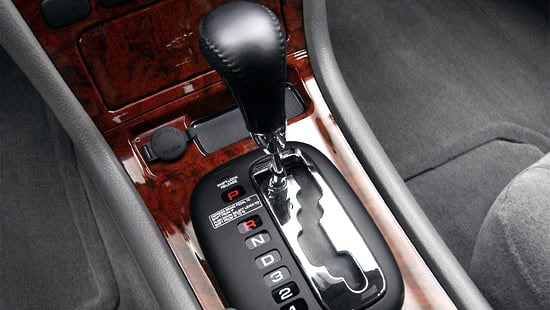Rapid prototyping is a revolutionary and effective technologies with wide range of applications. The process of prototyping involves fast building up of a prototype or working model for the purpose of testing the several design characteristics, ideas, concepts, functionality, output and performance. The user is able to give immediate feedback relating to the prototype and its performance. Rapid prototyping is critical component of the procedure of system designing and it is believed to be very beneficial as far as reduction of project price and risk are concerned.
Rapid prototyping is identified by quite a few terms as per the technologies involved, like SFF or solid freeform fabrication, FF or freeform fabrication, digital fabrication, AFF or automated freeform fabrication, 3D printing, solid imaging, layer-based manufacturing, laser prototyping and additive manufacturing.
History of Rapid Prototyping:
Sixties: The very first rapid prototyping approaches became accessible in the later eighties and they were utilised for production of prototype and model parts. The history of rapid prototyping can be traced to the late sixties, when an engineering professor, Herbert Voelcker, questioned himself about the possibilities of doing interesting items with the personal computer controlled and automatic machine tools. These machine tools had just started to appear on the factory floors then. Voelcker was attempting to discover a way in which the automated machine tools could be programmed by making use of the output of a style program of a personal computer.
Seventies: Voelcker developed the standard tools of mathematics that clearly describe the 3 dimensional aspects and resulted in the earliest theories of algorithmic and mathematical theories for solid modeling. These theories form the basis of modern laptop or computer programs that are used for designing virtually all items mechanical, ranging from the smallest toy auto to the tallest skyscraper. Volecker's theories changed the designing methods in the seventies, but, the old strategies for designing were still extremely significantly in use. The old strategy involved either a machinist or machine tool controlled by a pc. The metal hunk was cut away and the needed portion remained as per requirements.
Eighties: Still, in 1987, Carl Deckard, a researcher form the University of Texas, came up with a beneficial revolutionary thought. He pioneered the layer based manufacturing, wherein he thought of building up the model layer by layer. He printed 3D models by utilizing laser light for fusing metal powder in solid prototypes, single layer at a time. Deckard developed this idea into a technique known as "Selective Laser Sintering". The outcomes of this method were highly promising. The history of rapid prototyping is quite new and recent. Even so, as this method of rapid prototyping has such wide ranging scope and applications with incredible outcomes, it has grown by leaps and bounds.
Voelcker's and Deckard's stunning findings, innovations and researches have given extreme impetus to this considerable new business identified as rapid prototyping or cost-free form fabrication. It has revolutionized the designing and manufacturing processes.
Though, there are a number of references of folks pioneering the rapid prototyping technologies, the market gives recognition to Charles Hull for the patent of Apparatus for Production of 3D Objects by Stereolithography. Charles Hull is recognized by the market as the father of rapid prototyping.
Present-day Rapid Prototyping: At this time, the personal computer engineer has to simply sketch the tips on the computer screen with the assist of a design program that is personal computer aided. Computer aided designing allows to make modification as required and you can generate a physical prototype that is a precise and suitable 3D object.

